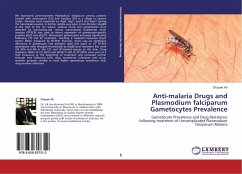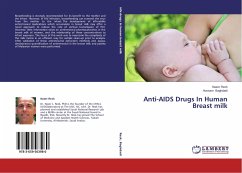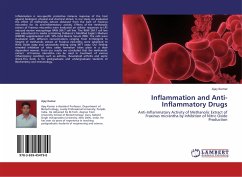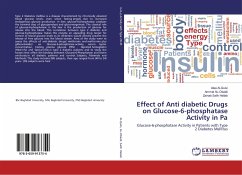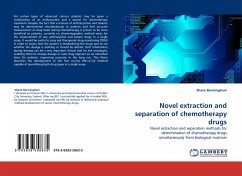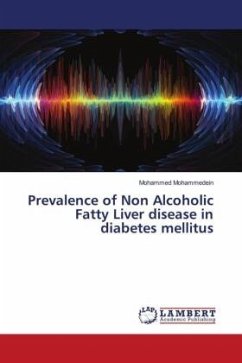We monitored post-treatment Plasmodium falciparum among patients treated with chloroquine (CQ) and Fansidar (SP) in a village in eastern Sudan. Parasites were examined on day0, day7, day14 and day21 during the transmission season. A further sample was taken 2 months later (day80) at the start of the dry season. Asexual forms and gametocytes were detected by microscopy,and reverse transcriptase polymerase chain reaction (RT-PCR) was used to detect expression of gametocyte-specific proteins pfs25 and pfg377. Microscopic gametocytes increased significantly following CQ and SP treatment, reaching a maximum between days7 and14. When measured by RT-PCR, however, there was no significant difference in gametocyte rate between day0 and days7 or 14. RT-PCR gametocyte rates dropped dramatically by day80 post treatment but were still 33% and 8% in the CQ- and SP-treated groups at this time. Drug resistance alleles to CQ (pfcrt,and pfmdr1) and to SP (dhfr) were seen at a high frequency at thebeginning of treatment and increased further through time following both drug treatments. Infections with drug-resistant parasites tended to have higher gametocyte prevalence than drug-sensitive infections

